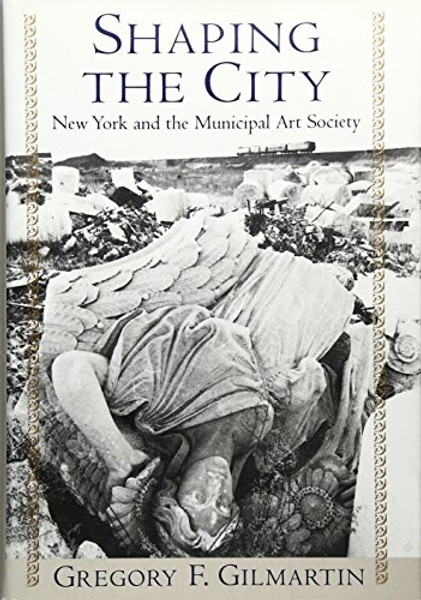Product Overview
The Municipal Art Society was founded in New York City in the wake of the World's Columbian Exposition, when the Great White City in Chicago ushered in a new conception of what American cities could achieve through coordinated planning and the collaboration of the nation's best classical architects and artists. In 1890s New York, much of the population lived in apartments that had no toilets; developers considered it their inalienable right to build a skyscraper on a twenty-foot lot; and graft, not need, determined the city government's construction priorities. If this situation has changed, we owe it less to the councilmen and mayors who enacted legislation than to the citizen activists who persuaded them to do so.
Shaping the City is a stirring account of a century of just such citizen activism, not a dry institutional history but the inside story of city government as it affects the physical environment. We know of MAS today as the organization that led the fight against overdevelopment at Columbus Circle and the battle to retain the honky-tonk character of Times Square. but in its early days. MAS was the guiding force behind the City Beautiful movement. Its members built the city's great classical ensembles, and they ushered in a golden age of municipal architecture with their designs for bridges, park pavilions, monuments, even lamp posts. MAS was among the first organizations to demand the introduction of zoning to New York. It also pioneered the concept of community planning and undertook the seemingly hopeless task of protecting landmarks, persuading Mayor Robert F. Wagner to sign the Landmarks Preservation Law -- a model for the rest of the nation.
In these pages, Gregory F. Gilmartin has looked beyond the narrow scope of architectural history and focuses instead on the people, policies, and politics that shape the cityscape. He is frank in his portrayal of politicians and dirty tricks and encouraging in his portraits of citizens and programs that have made a difference.
Shaping the City is addressed not only to those who are specifically interested in architecture, art history, parks, preservation, and urban history, but also to the more general reader who loves cities but is disturbed by the destruction of neighborhoods and the overwhelming scale of new developments. The book is especially valuable as a demonstration that the political process can be made to work for the public interest. The result is not nostalgia, but will convince readers that they -- as the Municipal Art Society has done and continues to do -- can participate shaping the agenda for the future.







